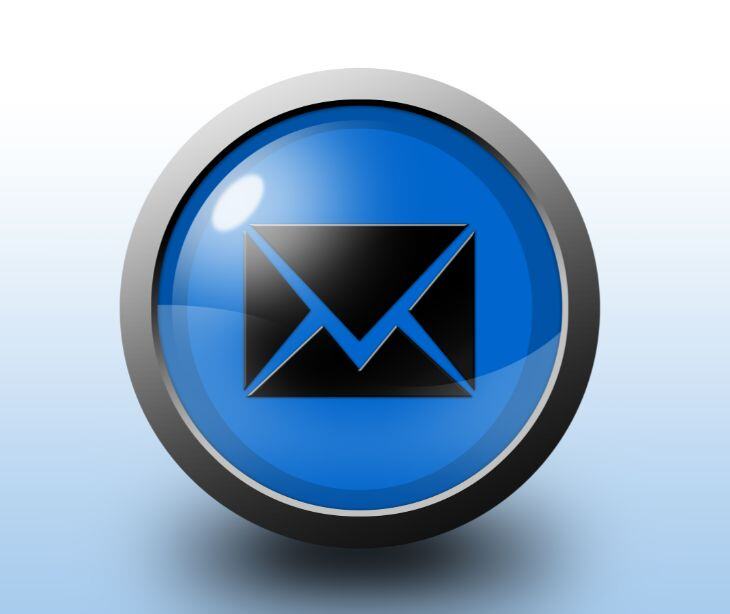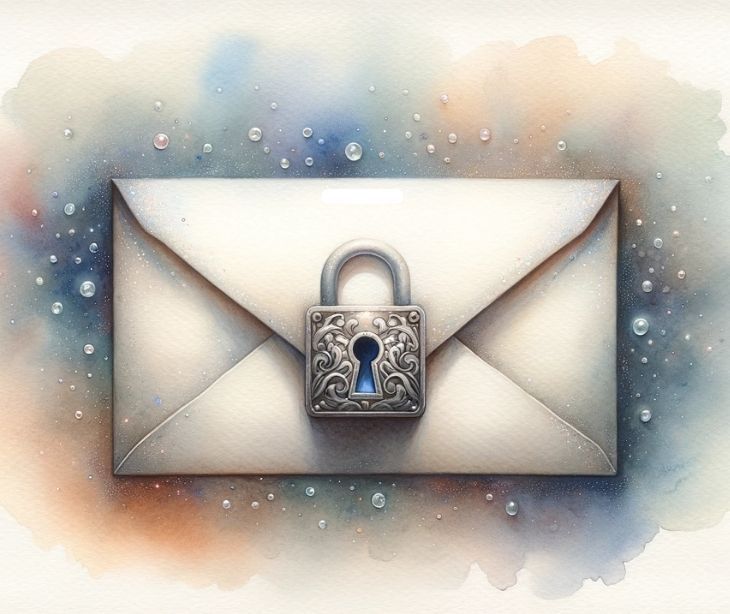
Healthcare communication errors can lead to serious consequences, including incorrect treatments, delays, and privacy breaches. HIPAA compliant emails can help providers mitigate these risks.
Healthcare communication
“Clinical communication is recognized as a major source of errors in hospitals. The lack of documentation of communication, especially among verbal interactions, often creates hindrances and impedes improvement efforts,” demonstrates a study on understanding interprofessional communication.
More specifically, a systematized review of emails in patient-physician communication shows “email’s capabilities has a key role in improving healthcare quality as well as time-saving.”
However, in the US, the Health Insurance Portability and Accountability Act (HIPAA) requires providers to protect patients’ health information. So, providers must use a HIPAA compliant emailing platform, like Paubox, to safeguard patients’ protected health information (PHI).
How HIPAA compliant emails reduce errors
Standardized templates
Providers can use HIPAA compliant email templates, reducing the likelihood of manual errors like typos or incorrect data entries. Pre-approved templates can help providers present the necessary information uniformly, avoiding miscommunication.
Recipient verification
HIPAA compliant emails offer multi-factor authentication (MFA)to verify recipient identities, minimizing the risk of sending PHI to the wrong person. It prevents data breaches and ensures that patient information reaches only authorized individuals.
Safeguarding data integrity
HIPAA compliant emails use encryption to protect messages during transit and at rest. It ensures that the content viewed by the recipient is as intended, reducing the risk of data corruption or unauthorized alterations.
Furthermore, HIPAA compliant emails keep records of the conversations, which providers can refer to for future reference or in case of legal disputes.
Audit trails
Providers must keep detailed email logs to ensure HIPAA compliance. These audit trails track who sent what information, when, and to whom. If there’s an error, these logs can help track and correct mistakes.
Automated systems
Automated HIPAA compliant emails reduce the reliance on manual data entry prone to human error. Providers can automate routine tasks, like sending appointment reminders, so providers can focus on patient care.
Access controls
Provider organizations must use role-based access controls so that only authorized staff can access PHI. It also helps reduce errors occurring when multiple people handle the same information.
Staff training
Staff must regularly undergo HIPAA compliance training. Educating staff helps reinforce privacy protocols, which contributes to overall communication accuracy.
Handling mistakes
Providers must develop procedures for fixing mistakes, like sending an email to the wrong recipient. Providers can contact the recipient to delete the email and report the incident according to their organization’s breach protocol.
Furthermore, providers must document the error and corrective actions to analyze the incident and prevent future incidents.
Read also: How automated HIPAA compliant emails can increase patient satisfaction
FAQs
How does HIPAA protect patient information?
HIPAA sets the guidelines for protecting patient information through encryption, access controls, and secure communication methods, like HIPAA compliant emails.
How does encryption help HIPAA compliance?
Encryption converts email content into a secure format that can only be accessed by authorized recipients, preventing unauthorized access and ensuring HIPAA compliance.
Do HIPAA compliant emails improve patient care?
Yes, HIPAA compliant emails improve the accuracy, security, and reliability of patient communication so providers deliver better and safer patient care.
Read also: How patient-centered communication improves patient outcomes
Subscribe to Paubox Weekly
Every Friday we'll bring you the most important news from Paubox. Our aim is to make you smarter, faster.



